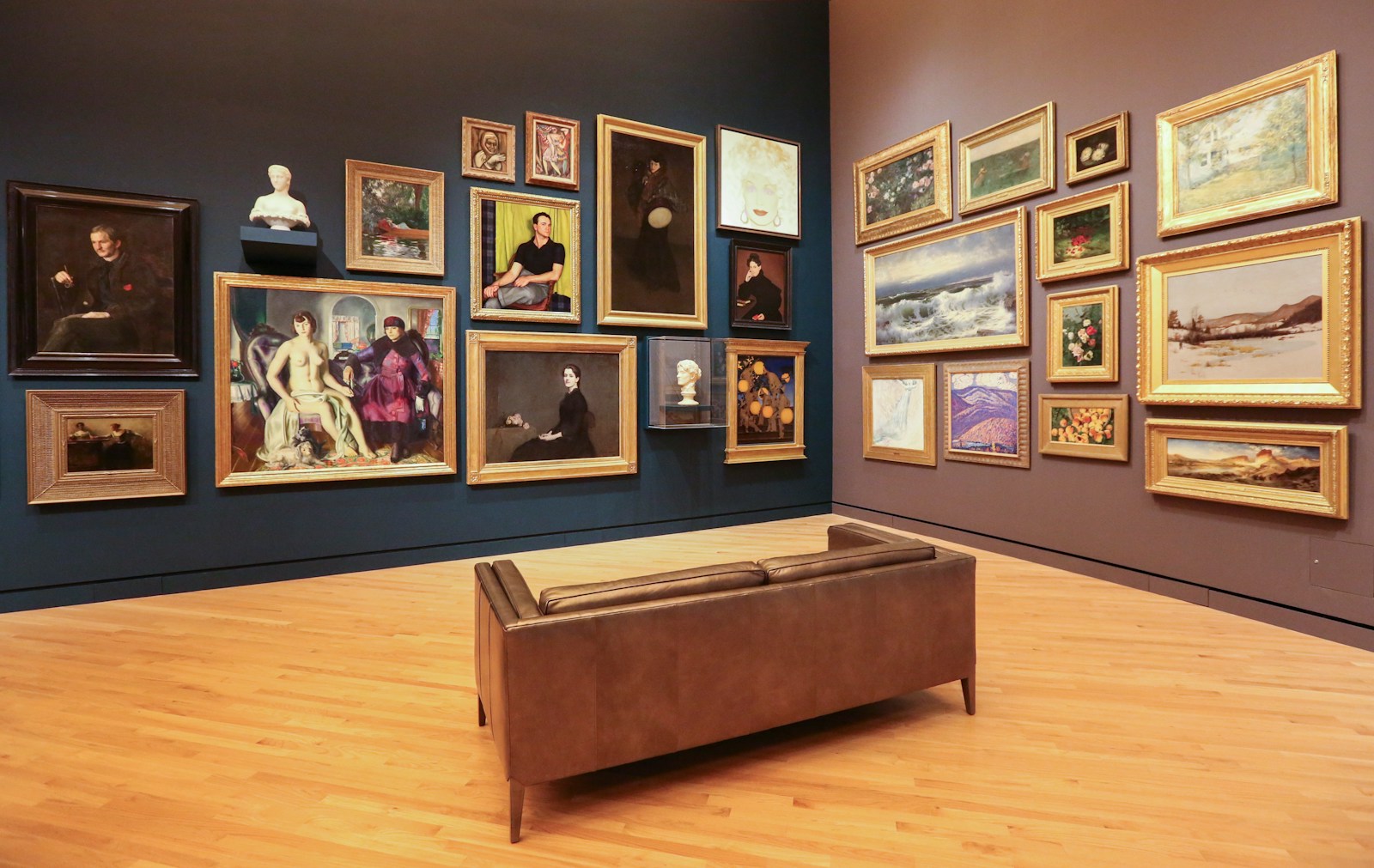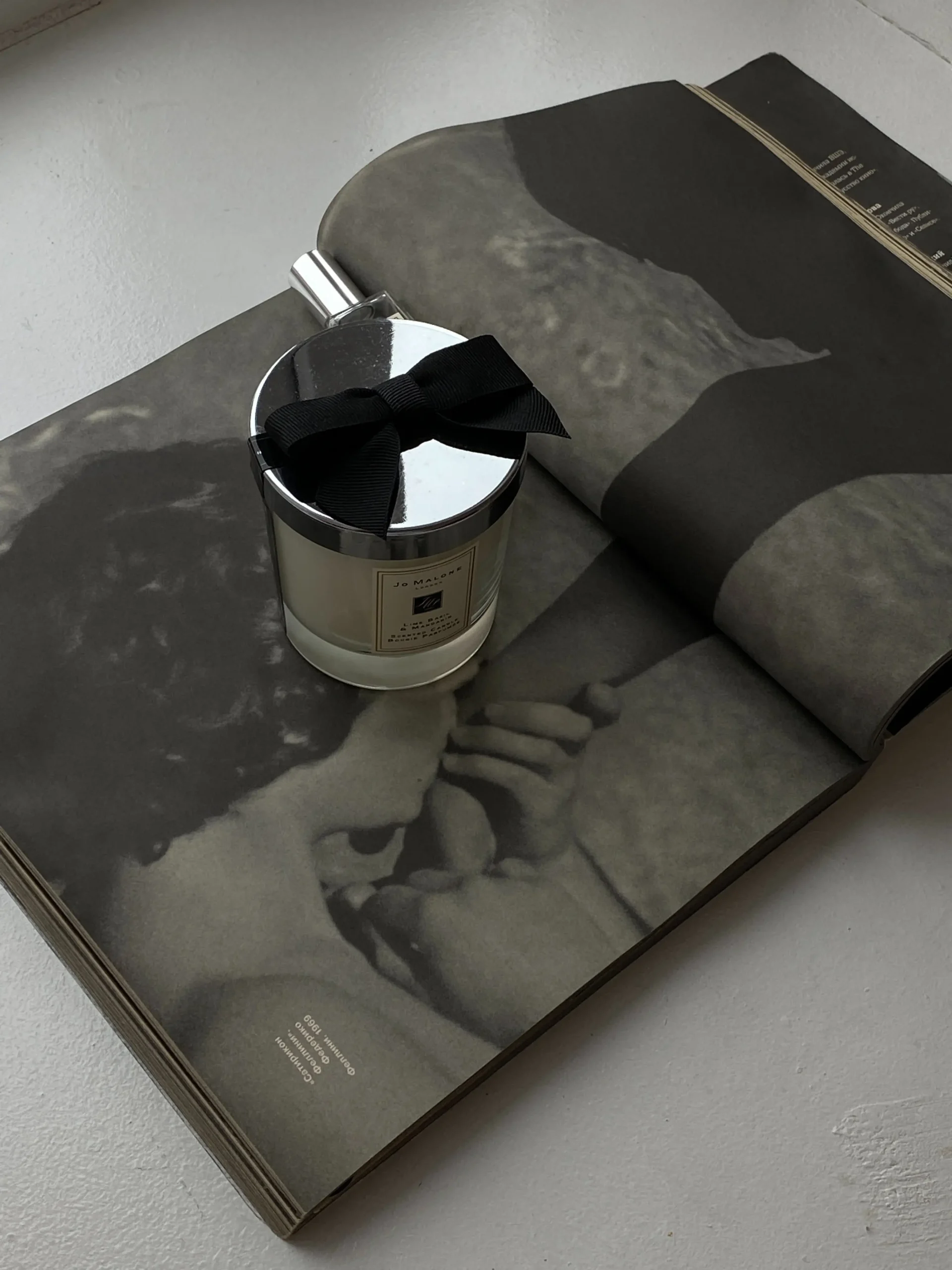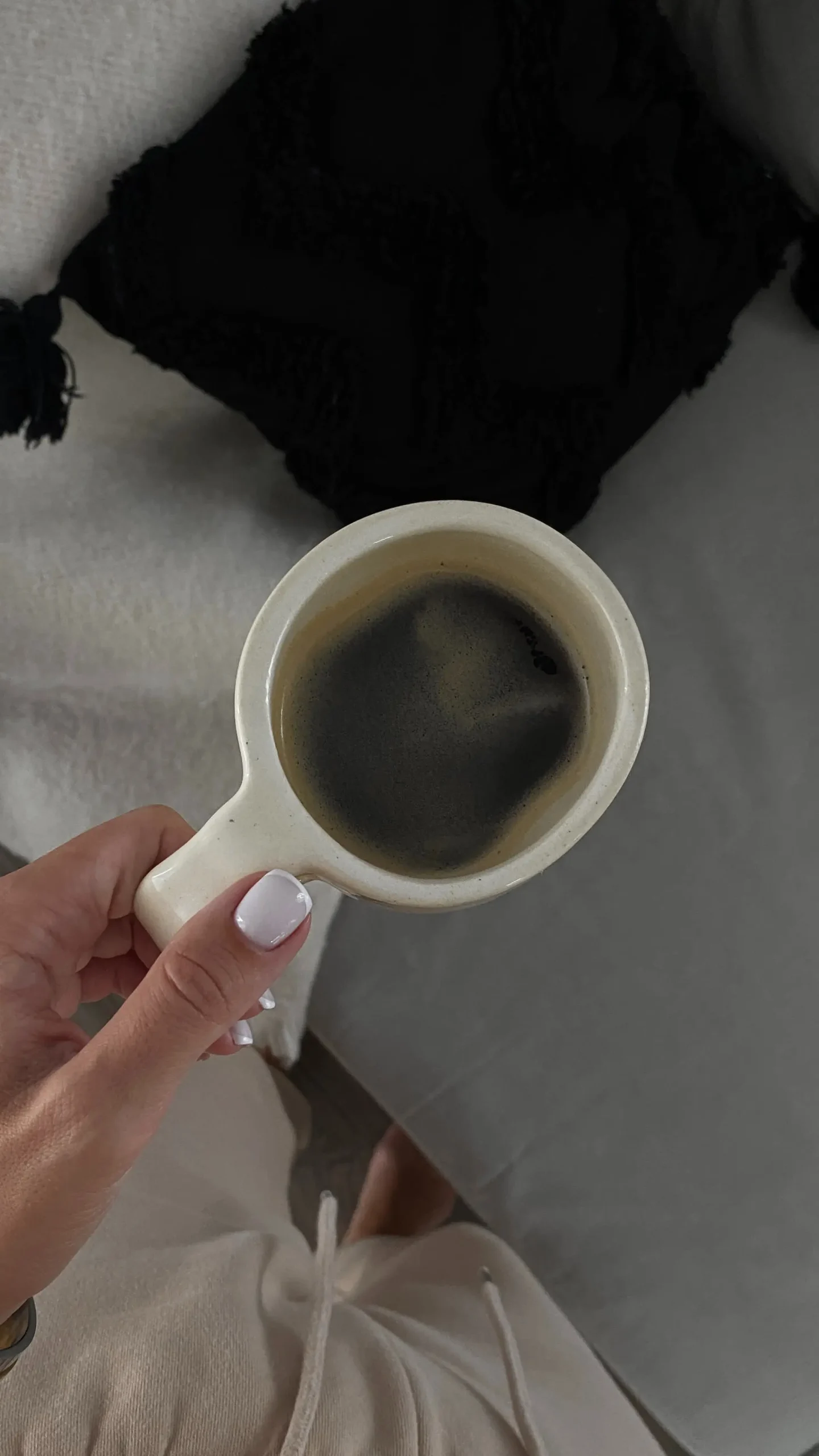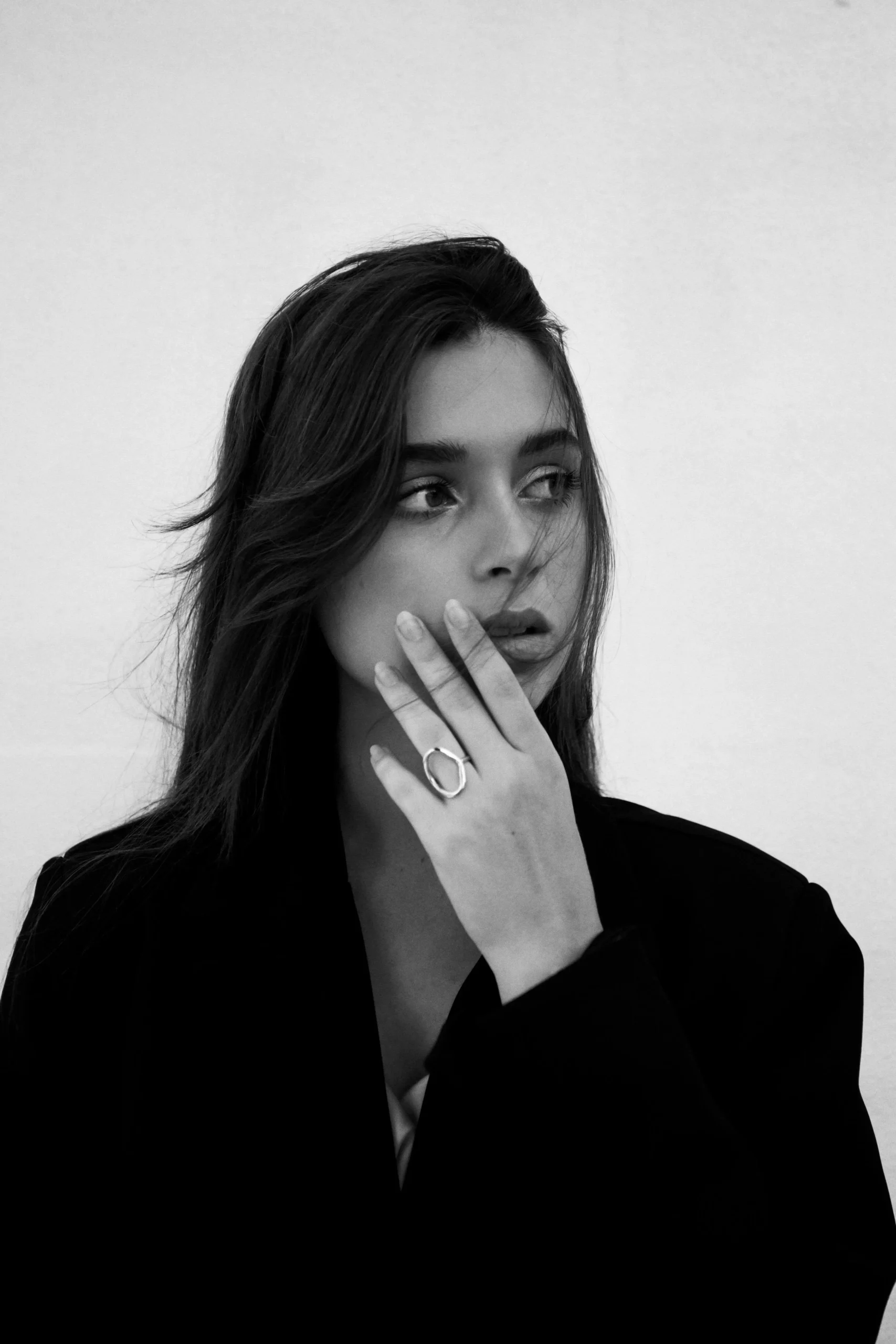Art, in its boundless forms, is a testament to human creativity. Beneath the diverse styles and subjects lie fundamental art techniques that artists employ to bring their visions to life. These techniques, refined over centuries, provide the building blocks for countless masterpieces. Here, we explore five of the most popular and influential art techniques used by artists across various mediums.
1. Painting: The Dance of Pigment and Surface
Painting, perhaps the most recognizable art form, involves applying pigments suspended in a binder to a surface. The sheer versatility of painting is staggering, encompassing a vast array of styles and approaches.
- Oil Painting: This technique, popularized during the Renaissance, utilizes pigments mixed with drying oils, such as linseed oil. Its slow drying time allows for blending, layering, and meticulous detail, creating rich, luminous effects. Artists like Rembrandt and Van Gogh masterfully exploited oil paint’s plasticity to convey depth and emotion.
- Watercolor: This technique uses pigments suspended in a water-soluble binder. Its transparent nature allows for delicate washes and luminous effects. Mastering watercolor requires control and precision, as mistakes are difficult to rectify. Artists like J.M.W. Turner and Georgia O’Keeffe used watercolor to capture fleeting moments and subtle nuances of light and color.
- Acrylic Painting: A more modern invention, acrylic paints use pigments suspended in a synthetic resin. They dry quickly, are versatile, and can be used in thick impasto or thin washes. Acrylics offer a vibrant palette and are favored by contemporary artists for their flexibility and durability.
2. Drawing: The Foundation of Visual Expression
Drawing, the act of marking a surface with a tool, is fundamental to all visual arts. It serves as a preparatory stage for painting, sculpture, and other disciplines, and also stands as a powerful art form in its own right.
READ: A Stroke of Genius: Unveiling the Top Paintbrush Brands for Budding Artists
- Pencil Drawing: Using graphite or colored pencils, artists create tonal variations and textures through pressure and layering. Pencil drawing allows for precise lines and subtle shading, making it ideal for detailed studies and expressive sketches.
- Charcoal Drawing: Charcoal, a burnt wood product, produces rich, dark tones and a soft, blendable texture. It’s often used for expressive figure drawings and dramatic landscapes, capturing the essence of light and shadow.
- Ink Drawing: Employing pens, brushes, or quills, ink drawing offers a stark contrast between black and white. Techniques like cross-hatching and stippling create tonal variations and depth. Ink drawing is often used for intricate illustrations and graphic designs.
3. Sculpture: The Art of Three Dimensions
Sculpture, the creation of three-dimensional forms, involves shaping materials through carving, modeling, casting, or assembling.
- Carving: This subtractive process involves removing material from a block of stone, wood, or other substances. Michelangelo’s “David” is a testament to the power and precision of carving.
- Modeling: This additive process involves building up forms using pliable materials like clay or wax. Rodin’s expressive bronze sculptures demonstrate the dynamic possibilities of modeling.
- Casting: This process involves pouring molten material, such as bronze or plaster, into a mold. Casting allows for the reproduction of intricate forms and is often used for creating bronze sculptures and architectural elements.
4. Printmaking: The Art of Multiples
Printmaking involves creating multiple copies of an image by transferring ink from a matrix onto a surface. This technique allows for the dissemination of art and the exploration of unique visual effects.
- Etching: This intaglio technique involves scratching an image into a metal plate, applying ink, and pressing the plate onto paper. Rembrandt’s etchings demonstrate the nuanced tonal variations and expressive lines achievable through this process.
- Screen Printing: This stencil-based technique involves forcing ink through a mesh screen onto a surface. Andy Warhol’s iconic pop art prints exemplify the bold, graphic qualities of screen printing.
- Lithography: This planographic technique involves drawing an image on a stone or metal plate with a greasy crayon, treating the surface to repel ink in non-image areas, and then pressing the plate onto paper.
5. Photography: Capturing Light and Time
Photography, the art of capturing and recording light, has revolutionized visual culture. Its ability to document reality and create evocative images has made it an indispensable art form.
- Analog Photography: This traditional technique uses film to capture images, relying on chemical processes for development and printing. Analog photography is often prized for its unique aesthetic qualities and the tangible nature of film.
- Digital Photography: This modern technique uses electronic sensors to capture images, allowing for instant viewing and editing. Digital photography has democratized image creation, making it accessible to a wider audience.
- Alternative Processes: Artists also experiment with historical and experimental photographic techniques, such as cyanotypes, lumen prints, and pinhole photography, to explore the unique properties of light and chemistry.
Can You Tell The Difference Between Each Art Technique?
These five art techniques, while distinct, often intersect and influence one another. Artists frequently combine techniques, pushing boundaries and creating innovative forms of expression. From the timeless elegance of oil painting to the immediacy of digital photography, these techniques provide the tools for artists to shape our visual world and communicate their unique perspectives.
READ: A Journey Through the History of Metal Sculptures
Whether you’re an aspiring artist, a seasoned creator, or simply an admirer of visual expression, understanding these fundamental techniques unlocks a deeper appreciation for the art that surrounds us. Each stroke, carve, and click represents a conscious choice, a deliberate manipulation of materials and light to convey a specific message or emotion.
So, the next time you encounter a painting, sculpture, drawing, print, or photograph, take a moment to consider the techniques employed. Try to discern the artist’s hand, the choices made, and the story being told. By engaging with art on this level, you not only enrich your own understanding but also connect with the timeless human impulse to create and communicate through visual language.





